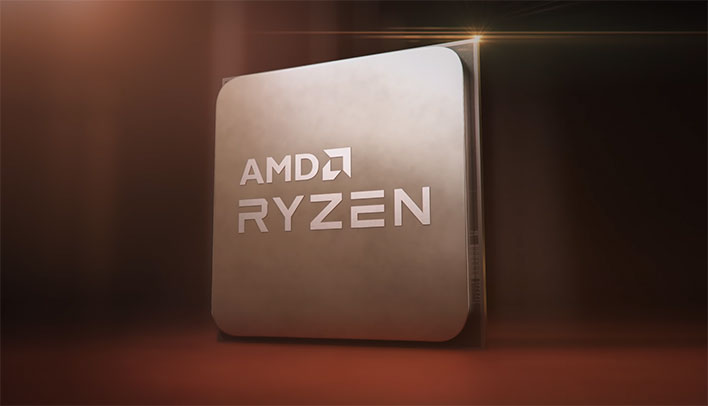AMD's Overall CPU Market Share Hits 22.4 Percent Ahead Of Ryzen 5000 Zen 3 Launch

According to Mercury Research, AMD saw a 4.1 share point increase during Q3 2020, taking it to 22.4 percent for the overall x86 market. This also represented a 6.3 share point increase from the same period in 2019. AMD saw increases in desktop, notebook, and client markets with just over a 20 percent share in each; each brough small increases over the previous quarter and an even larger increase year-over-year.

"A bit more than 60% of AMD's increased desktop shipments came from what I'd consider high-end (e.g. not dual-core or APU units, so Matisse and a tiny bit of Pinnacle Ridge cores that remain)," said Mercury Research's Dean McCarron according to Tom's Hardware. "I'd say 100% of the gain came from the high end for them, because Intel's high end was flat and AMD's high end grew."
AMD's increases in the server market haven't exactly tracked with previous analysts’ expectations (many were expecting AMD's share in this market to be tracking over 10 percent by now), but it still achieved an admirable high of 6.6 percent during Q3 2020, up from 5.8 percent during Q2 2020, and a significant increase from 4.3 percent during Q3 2019.
"AMD gained server share by either measure, but if you compared AMD EPYC v. just Intel Xeon SP, the number would be about 12.1 percent v. 10.4 percent last quarter, which is a pretty strong gain," added McCarron. "This is mostly because Intel's Xeon SP business declined to do a downturn in cloud and a big downturn in enterprise/government sales, while AMD's server products set a new revenue record as they're still growing.”

In all of these market segments, Intel is by far the dominate player with regards to overall sales, but it shows just how strong AMD's products have been in recent years to capture such market share in a relatively quick period of time. And even despite the relatively small percentage share in the server market with EPYC compared to Intel, we have to realize that this is a very high-margin operating space that is adding greatly to AMD's bottom line.
We should also mention that AMD's x86 gains are coming before the company has even released its highly-anticipated Zen 3-based Ryzen 5000 family. Those processors will improve on AMD's already stellar multi-threaded performance while also addressing on its one perennial deficiency compared to Intel processors – single-threaded performance. AMD is quoting a 19 percent IPC lift compared to Zen 2 processors, and the consumer desktop range will top out with the monster 16-core/32-thread Ryzen 9 5950X.

